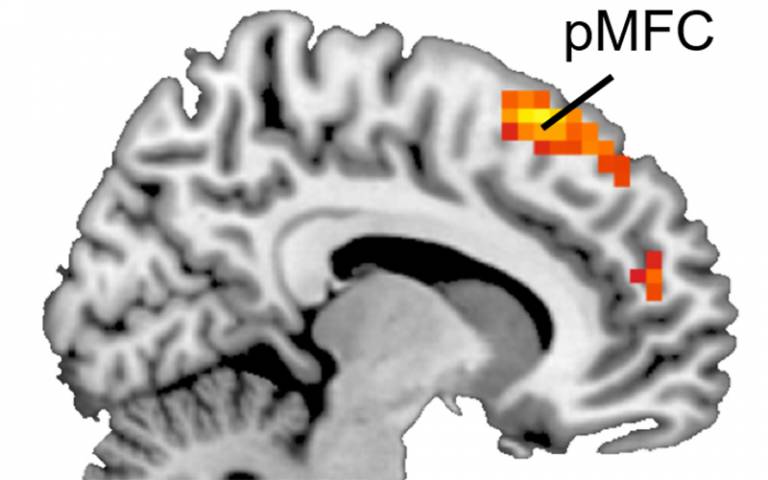Metz, T. (2012).
Ethic Theory Moral Prac 15, 387–402.
https://doi.org/10.1007/s10677-011-9302-y
Abstract
The dominant conceptions of moral status in the English-speaking literature are either holist or individualist, neither of which accounts well for widespread judgments that: animals and humans both have moral status that is of the same kind but different in degree; even a severely mentally incapacitated human being has a greater moral status than an animal with identical internal properties; and a newborn infant has a greater moral status than a mid-to-late stage foetus. Holists accord no moral status to any of these beings, assigning it only to groups to which they belong, while individualists such as welfarists grant an equal moral status to humans and many animals, and Kantians accord no moral status either to animals or severely mentally incapacitated humans. I argue that an underexplored, modal-relational perspective does a better job of accounting for degrees of moral status. According to modal-relationalism, something has moral status insofar as it capable of having a certain causal or intensional connection with another being. I articulate a novel instance of modal-relationalism grounded in salient sub-Saharan moral views, roughly according to which the greater a being's capacity to be part of a communal relationship with us, the greater its moral status. I then demonstrate that this new, African-based theory entails and plausibly explains the above judgments, among others, in a unified way.
From the end of the article:
Those deeply committed to holism and individualism, or even a combination of them, may well not be convinced by this discussion. Diehard holists will reject the idea that anything other than a group can ground moral status, while pure individualists will reject the recurrent suggestion that two beings that are internally identical (foetus v neonate, severely mentally incapacitated human v animal) could differ in their moral status. However, my aim has not been to convince anyone to change her mind, or even to provide a complete justification for doing so. My goals have instead been the more limited ones of articulating a new, modal-relational account of moral status grounded in sub-Saharan moral philosophy, demonstrating that it avoids the severe parochialism facing existing relational accounts, and showing that it accounts better than standard Western theories for a variety of widely shared intuitions about what has moral status and to what degree. Many of these intuitions are captured by neither holism nor individualism and have lacked a firm philosophical foundation up to now. Of importance here is the African theory’s promise to underwrite the ideas that humans and animals have a moral status grounded in the same property that differs in degree, that severely mentally incapacitated humans have a greater moral status than animals with the same internal properties, and that a human’s moral status increases as it develops from the embryonic to foetal to neo-natal stages.



















